I first met a Cuban journalist, Yania Suarez during a residency. A year later I saw that she was making an open call for projects for the # 00 Bienal of Habana, the first independent biennial in Cuba. The event was organized by a group of artists dissatisfied with the fact that the government had stopped funding the official biennial that took place in Havana since 1984. What drew me in the most (to participate on my own) was neither the political aspect, nor the touristic opportunity, but rather the fact that the event would take place in private homes and studios under the slogan En cada estudio una bienal (a biennial in each studio), closely resembling my own artistic interests (Every dining room is a scene). Six months later I was in the house of Tania Bruguera, Cuba’s most renowned contemporary female artist, a source of inspiration and finance for the organizers. This is not an ordinary house, it also hosts INSTAR, the Artivism Institute. INSTAR is one of the biennial’s main supporters and funders. In 2014, following a performance in the Plaza de la Revolucion, Tania was detained by the police. As a matter of fact, Cuban artists often end up in jail when they take action that does not appeal to the government. I could not miss a conversation with Tania, who, though caught up in what was happening inside the house, took the time to talk about the institute, her home and apartment art. The conversation took place on the floor of a room facing the street, now transformed into a gallery. There were several cubes of Cuban soil on the ground that the visitors would later step on. Unfortunately, as music flowed over from the patio, and as other people walked by and talked, like at any house party, a few words have remained unintelligible for transcription.
What was the context in your life in which you started the Institute project?
In 2014 when Raoul and Obama secretly met and negotiated the restoration of the relationship, I was very disturbed by the fact that people had nothing to say about this decision, it was presented as an order – we decided and now things are going to change so you have to accept that. And for me it was complicated because Cubans have suffered due the tensions between USA and Cuba in a very strong way. They were forbidden to contact the families outside, many things happened, so I thought if indeed the United States wants to open the relationship to Cuba, then we should talk about freedom. That’s what they are famous for: exporting freedom. So I wanted to put to test how truthful was their support for the Cuban people. I decided to go to the Revolution Square (Plaza de la Revolucion), to put up a microphone and to give the opportunity to people to speak whatever they wanted for a minute. They took my passport for 8 months and all of that generated… let’s say, a forceful relationship with the government.
One of my actions was that I came here in my house and I read the Origin of Totalitarianism by Hannah Arendt several times for a hundred hours straight, and I realised that in order for them to investigate me they have to read it because they have to ask me about what I’m doing… they have to have this knowledge if they want to accuse me. I really like this perversion, force them to read something that they would never read. And I decided, yes, maybe they are interested in a transition in Cuba via civic education. In Cuba we’ve had a good literacy rate since the 60s and 70s, everybody can write and read, but they cannot read what they want, they cannot say what they think… So it makes no sense: why know how to read? So I wanted more to do these readings for people in order to allow them to find out, to be ready for a different society. So I decided to create this Institute of Art and Activism, because I’ve been accused of not being an artist anymore but and activist. In fact I was both.
And why home?
Ii is the only place where legally they cannot enter without a warrant. What the Cuban government is afraid of is the streets. Now we’re in my house doing en event that is illegal in the eyes of the government. But it is inside the house. I can have an event here, I can have a party, I can put my works on the walls. But right now, as we are doing this interview, if we decide, you and me and three more people to go into the streets and walk, even walk, they could take us. Because they don’t want people in the streets doing anything that is not organised by the government.
So they close their eyes to what is happening inside the walls?
They don’t close their eyes, for instance because of this event and of all the workshops of the Institute and of the activism, they called the potential participants to threaten them, now they are threatening artists who would want to be part of this biennale that they will take their artist IDs, and in this case their career would be over because they cannot have any exhibition or sell works. So they are afraid of their own people, they don’t know how to deal with them and they are so ill equipped to understand what they are doing or what they are dealing with, the fear, the people, so they decided to threaten them instead of creating a conversation. So it’s not so easy… I created the Institute that I called INSTAR, which is an acronym, but it also means in Spanish “to push people to grow, to do something”. I always have this saying that everything we do is in despise of them. We had people who attended the INSTAR workshops and they were summoned at the Immigration Office and interrogated.
How many times you did you use your house for art events?
All the time. My house is constantly filled since the 90’s, when I started to use it for events: for collective events and also for myself.
Did the relationship with your house change?
It’s funny you ask, because it did change: people don’t see it as Tania’s house anymore. People see it as a refuge. When they are saying “Let’s got to Tania’s house”, they know that this house will act like protection, in the sense that I will defend at any costs the rights of what we do here; but it’s also a place for some people who are curious about it because they’ve heard about it like a place where you can say what you think, disagree and discuss in the most brutally honest way the [political] perspective. And I’ve been doing this for a long time. I did a project with Dan Perjovschi from 2003 to 2009 when we had maybe the first democratic space in Cuba. It was supposed to be workshops with artists, but we always ended up talking about politics and what we should do. Actually here is a place where people heard for the first time about democracy.
If for most people this place is a refuge, then what is it for you?
For me it is also a refuge. I think, in a way, this house is my brain. When you enter this house you enter [inaudible]. Once you’ve entered my house, the rooms of the house are on another planet.
Did you grow up here?
I did.
How do you overlap the memories from your childhood with what is happening here now?
This house belonged to my grandparents, I spent my childhood in another house. In 91 I moved here and I graduated, I did my thesis here, exactly on this floor, so from the beginning it was for art. It was my place for dreaming, for desires… and other people make their own for the same reason…
What is home for you now?
I’m a very mobile person and in that sense I can say a 21st century person, privileged, of course, because some people cannot move. I think mobility is very important nowadays. I feel like I’m part of the world. And I think Cuba is the place where I put all my hopes. And it’s important to be part of the world, I feel like when I go out from here… [she thinks for a minute] well you’re from Romania and you maybe understand this, we were born and raised in this very specific culture, socialism, education, all this license on, but we also had some social desire and I suppose some achievement that actually is not true, but at least they put on us the desire for justice, and the desire for collectivity, the desire for humanism in a way. They didn’t do it! It was only slogans, let me clarify this. But with this they worked with us. And when I walk out in the world I try to put this to the test, in this terrain that is completely different, and when I come back I bring the world with me over here. So when I’m in Cuba I don’t want to go by the rules of Cuba, but by the rules of humanism.
Is there a difference between homemade culture – art produced and showed in homes – and what could be called official art?
I think socialist countries, specifically Cuba because it is the one I know best, have a problem, I mean the government has a problem. One problem is that they have monopoly over the institutions. For example, when I started the Institue of Artivism they called, asking the same question – why institute? Because they really have the monopoly of universities, institutes, biennials, all these words cannot be used by anybody else. So this is one problem. The other problem is aesthetics. I think all the socialist governments have trouble with what they don’t understand. Unfortunately, the Cuban government made a revolution but didn’t make the aesthetic revolution. They are still afraid of aesthetic revolutions. And in that sense they’ve started saying that the aesthetic revolution is bad art. And good art is what they can identify clearly as art. This is an interesting contradiction, because this is a reactionary position from a revolutionary government. I mean they have many more contradictions, this is just one of many. They say that the Cuban Revolution is with a big „R”. Like it’s a name, not a verb. So they took away the agency of the verb in order to personalize it, to turn it into a noun. I think it is very interesting that by doing this little gesture, spelling revolution with a big „R” instead of a small „r”, they took away our rights as people to use the verb, because we have to identify it as a noun, which is a passive situation. When it is a verb, you use the verb in action, when it is a name, it is given to you. They gave us the name of the revolution – we didn’t decide. They made it, we cannot make it. I think the problem that artists have is that we are the opposite of this.
Do you think there is a market for homemade art?
I think capitalism has the ability to turn everything into merchandise. Even the most transgressive gesture can be turned into a commodity. That’s the one thing they do well. Personally, I’m not interested in that. What I’m interested in is… I don’t think the market should decide what art is.
I think the market is necessary for people, but I also think the market can become very reactionary. Why? Because there is this contradiction: when you make art that is free, you make art that is generated by professional freedom. Capitalism also codifies the elements you work with in advance, before you even decide. And for me, what is revolutionary in aesthetics is having no form in advance, but having a form in the forming of the form, you know, in a constant way.
All photos in Tania Bruguera’s house and from the #00 Bienal de la Habana are by the author.
POSTED BY
Jean-Lorin Sterian
Jean-Lorin Sterian, born in 1975, is an artist, writer, and domestic performer. For seven years he turned his flat into a theater and then he wrote a book about it. He loves coffee and he uses coffee ...
lorgean.wordpress.com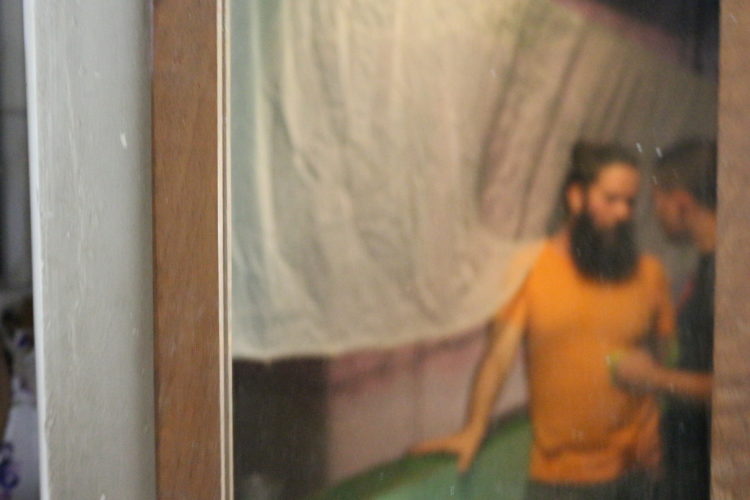
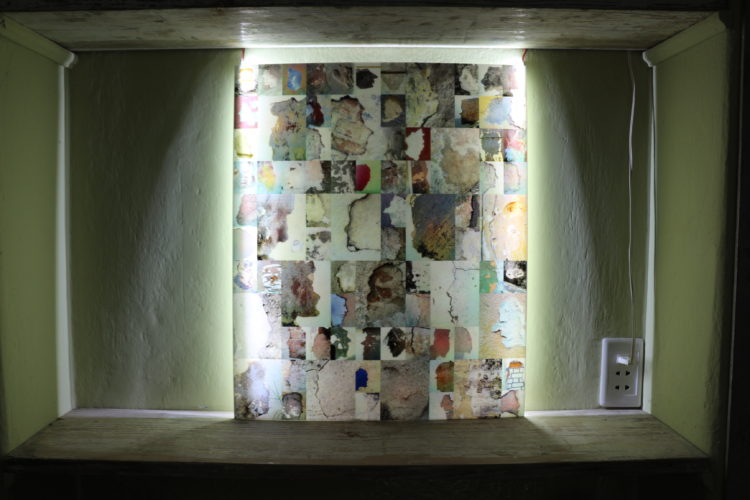
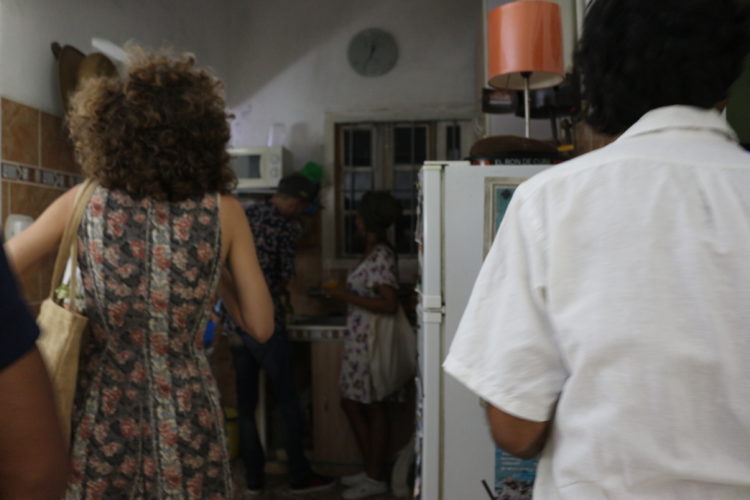
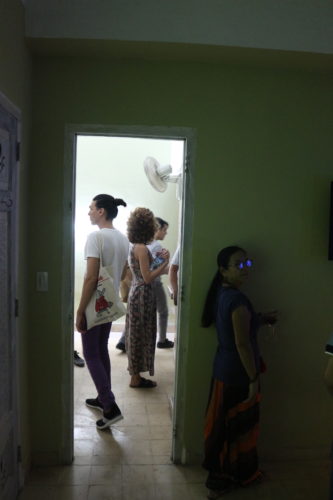
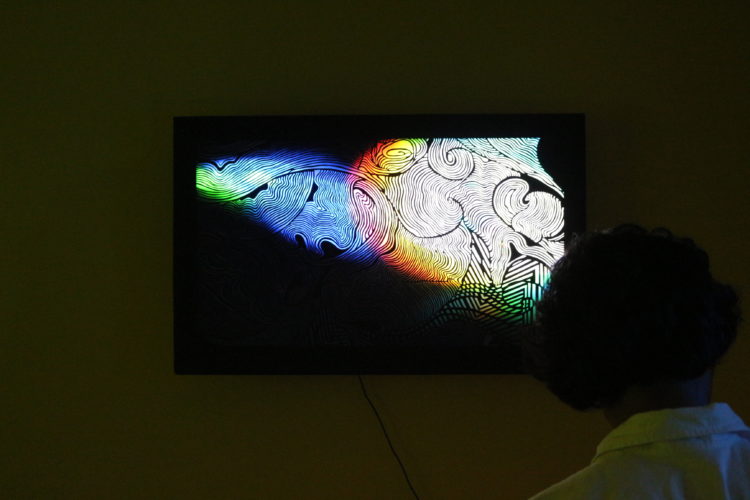
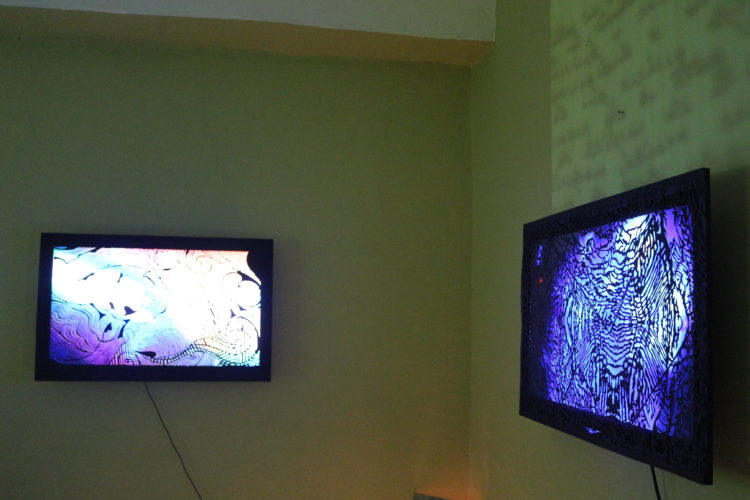
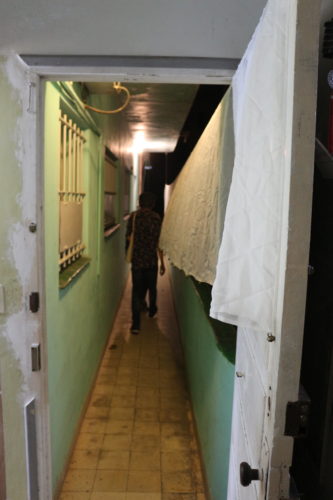
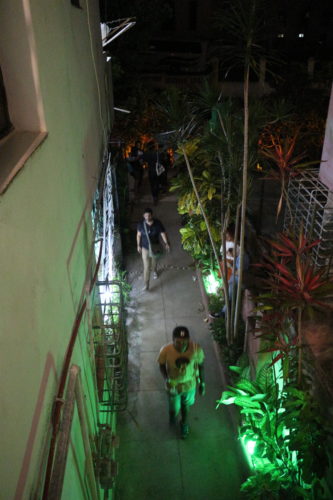
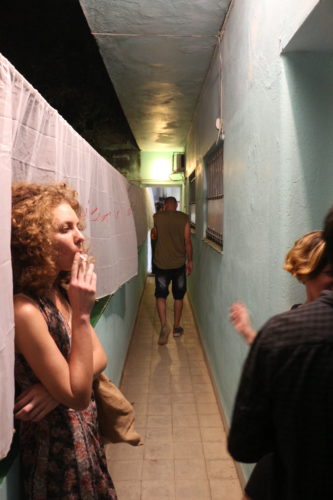
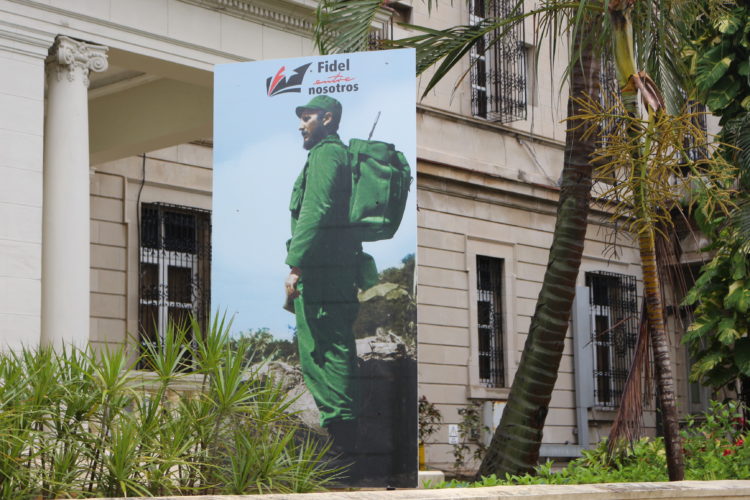

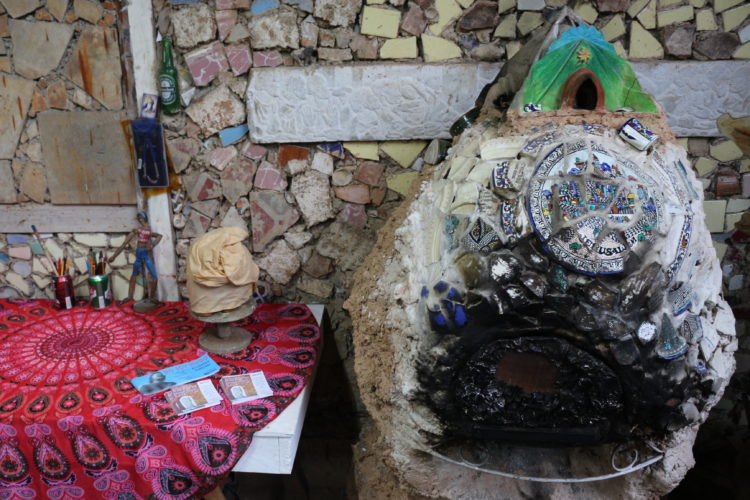
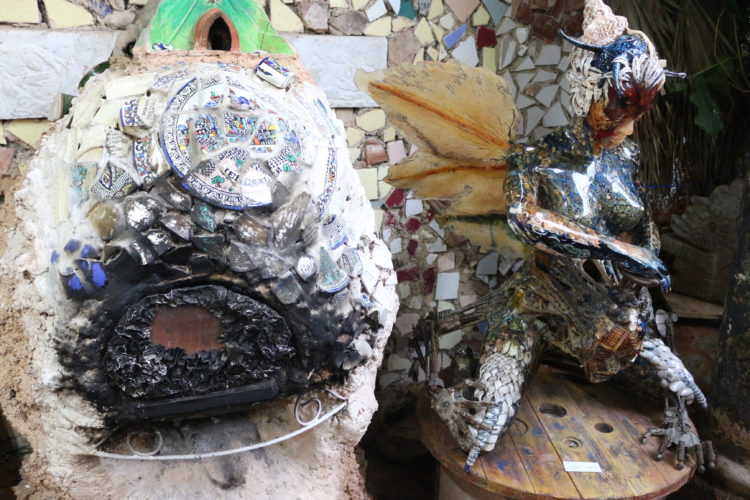
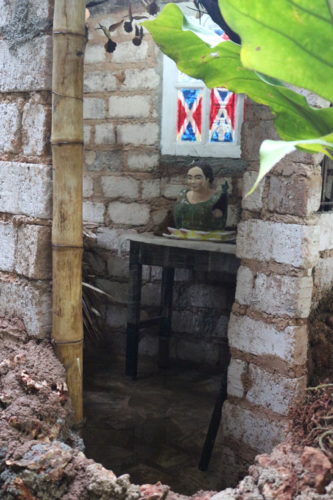
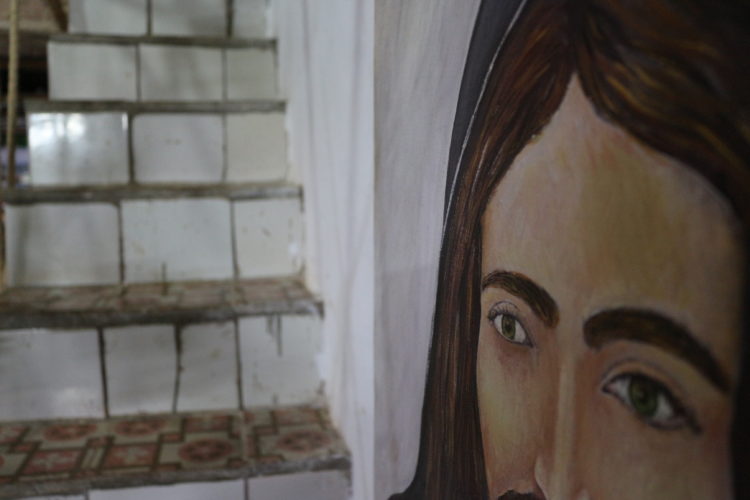
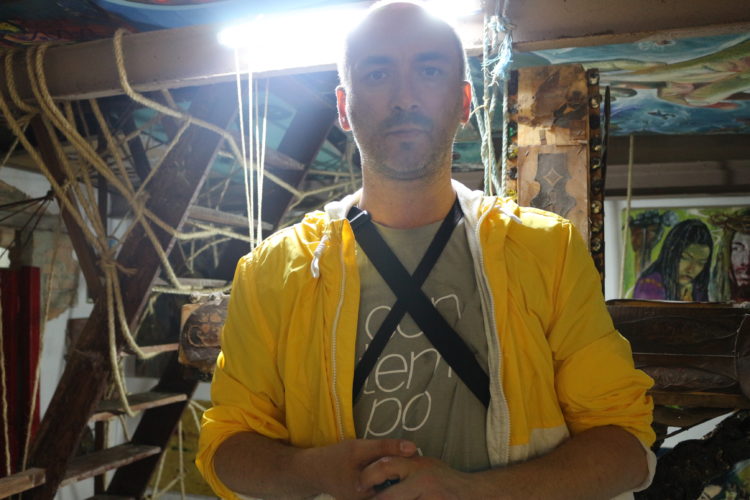
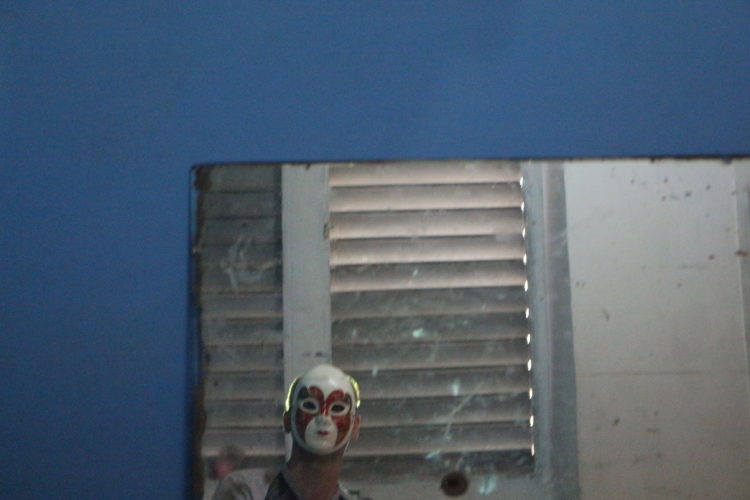
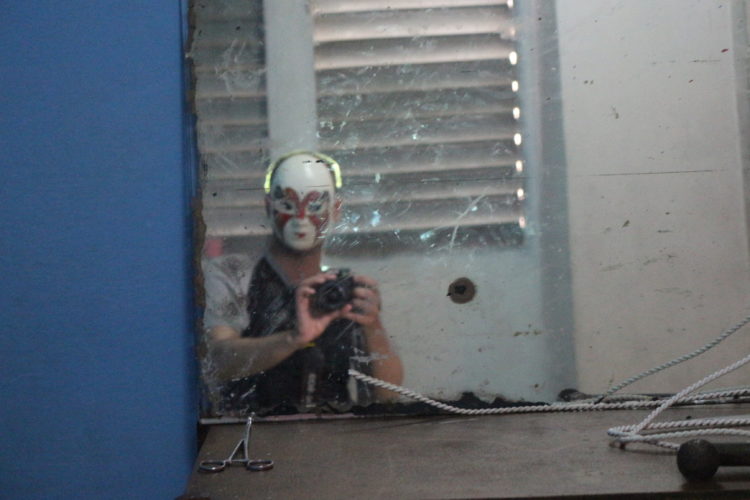
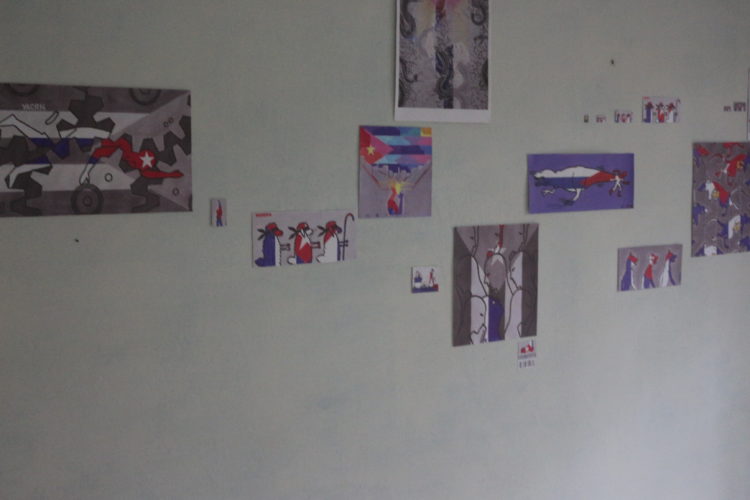
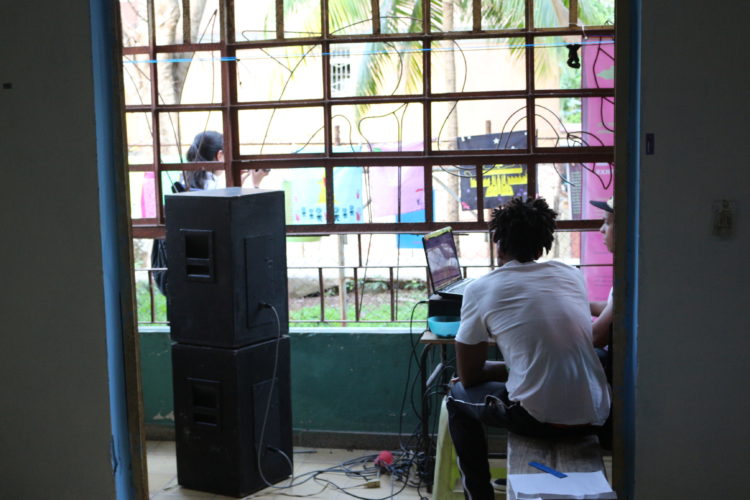
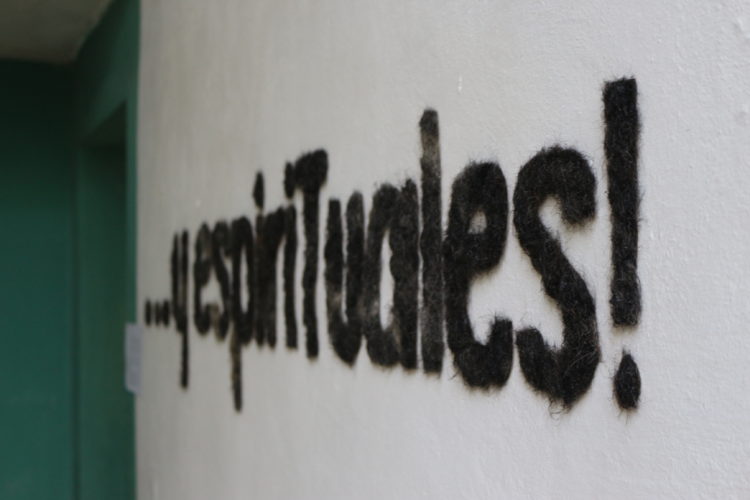
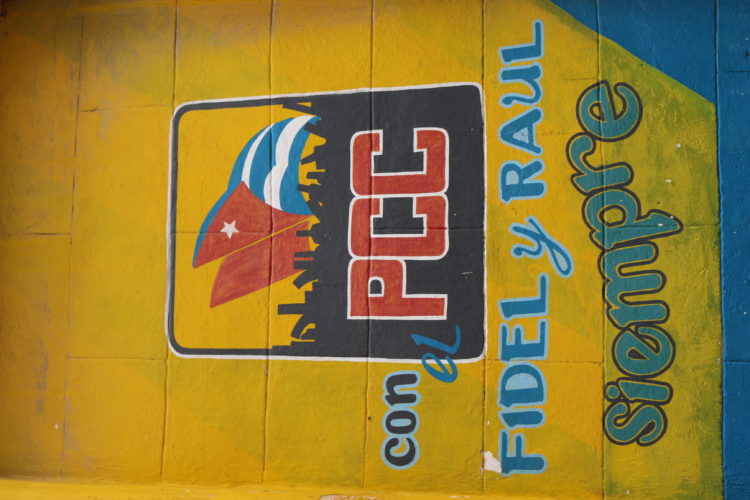
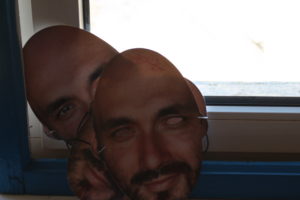
Comments are closed here.